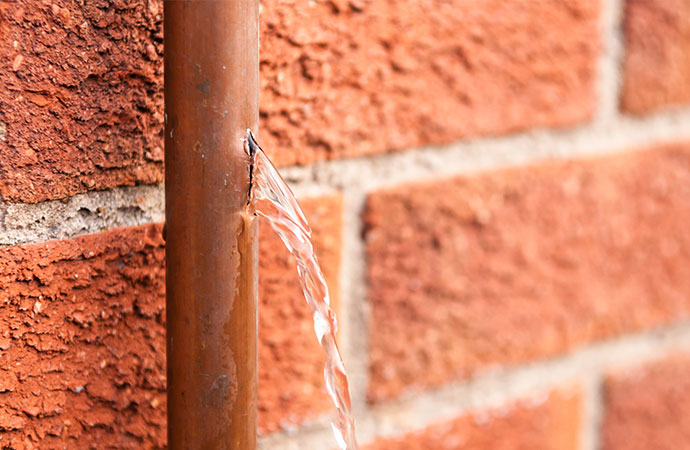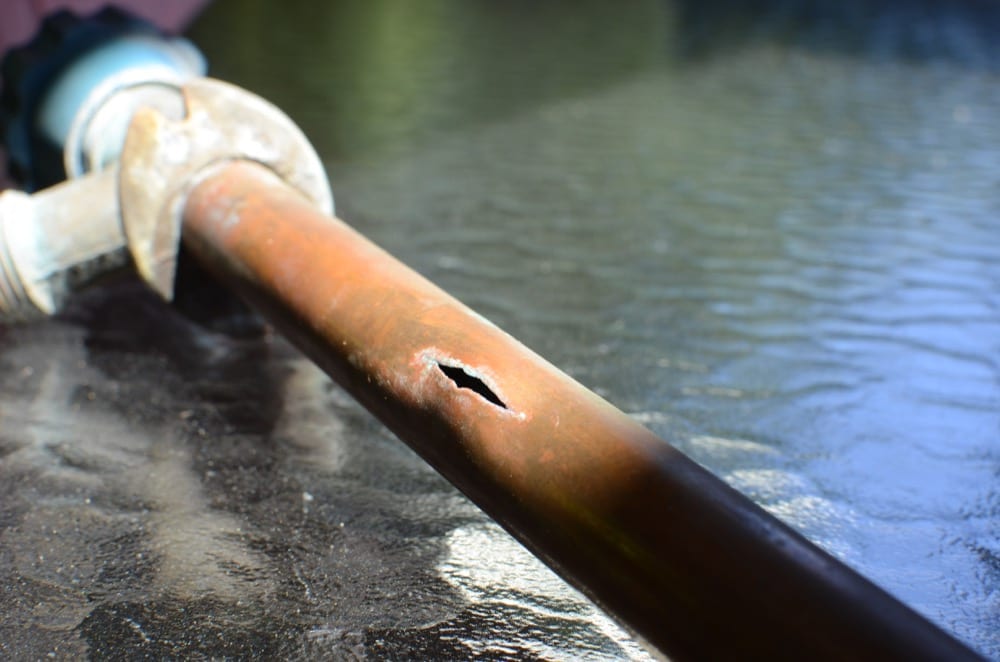Burst Pipes? No Panic! Just how to Detect and Fix Quickly
Burst Pipes? No Panic! Just how to Detect and Fix Quickly
Blog Article
Do you find yourself on the lookout for tips on How to Install and Connect a New Dishwasher?

A ruptured pipeline is a significant emergency; you can only stand as you view water you pay very much to rejoin with the earth. In worse situations, you observe a swimming pool on your kitchen floor, which is a fantastic trip danger, especially if you have children around. If the pipe that ruptured remained in your wall surfaces, bad news: you may need to repaint that entire section.
Exactly how can a catastrophe like a ruptured pipeline be prevented and managed? Well, by listening to your professional emergency plumbers as well as adhering to these regulations.
How do I understand when my pipelines have ruptured?
Rising and fall water pressures
Pipes do not just burst in a day. You might have seen that your kitchen area faucet or shower does not run immediately when you turn the tap. It might stop for a few seconds and after that blast you with even more pressure than common.
In various other instances, the water might seem normal initially, then drop in stress after a couple of seconds.
Wet walls as well as water spots
Before a pipe bursts, it will leak, many times. If this consistent leaking goes unnoticed, the leakage might finish right into a vast wound in your pipeline. One simple method to avoid this emergency is to look out for damp walls ad water discolorations. These water stains will lead you right to the leakage.
Puddles under pipelines as well as sinks
When a pipe bursts, the discharge creates a puddle. It may appear that the pool is expanding in size, and also despite the number of times you mop the puddle, in a couple of minutes, there's one more one waiting to be cleansed. Typically, you might not be able to trace the puddle to any noticeable pipelines. This is an indication to call a professional plumber.
Untraceable dripping sounds
Pipe ruptureds can take place in the most undesirable locations, like within concrete, inside walls, or under sinks. When the house goes quiet, you might have the ability to hear an aggravatingly persistent trickling noise. Also after you've examined your shower head and cooking area tap, the dripping might continue.
Precious reader, the leaking might be originating from a pipe inside your wall surfaces. There isn't much you can do concerning that, except inform a professional plumber.
Shut off the Water
When water freezes, it expands in quantity by regarding 9 percent. And it expands with significant force: The pressure inside pipelines may go from 40 extra pounds per square inch to 40,000 psi! No pipeline can hold that much pressure, so it bursts. The break may take place where the ice types, but regularly, it happens where water pressure locates a vulnerable point in the pipe. That might be inches or even feet from the icy area. Locate the water shutoff valve and switch off the water to avoid even more damage. You might also need to turn off the electricity also, relying on where the leakages occurs as well as just how huge it is.
Infected water
Many people assume a ruptured pipeline is a one-way outlet. Quite the contrary. As water drains of the hole or tear in your plumbing system, contaminants find their way in.
Your water might be infected from the resource, so if you can, check if your water storage tank has any kind of troubles. However, if your alcohol consumption water is provided and purified by the city government, you must call your plumber right away if you see or scent anything amusing in your water.
What do I do when I identify a ruptured pipeline?
Your water meter will continue to run even while your water wastes. To minimize your losses, find the primary controls and also transform the supply off. The water mains are an above-ground structure beside your residential or commercial property.
How to Fix & Detect a Leaking Pipe
How Do I Know if a Pipe is Leaking?
Leak detection tests can help you determine if your pipe has a leak. Even if you don’t see an apparent leak, you should still conduct leak detection tests regularly to save water and money—and prevent major damage to your home.
Water meter. It can be helpful to figure out what your usual water meter usage numbers are and then monitor them regularly. To monitor your meter, first, turn off all water faucets in your home. Check the meter and write down the numbers. In a few hours, check the meter again. If the numbers have changed, you have a leak. Water gauge. Use a water gauge to test your water pressure. Your showerhead should produce a certain amount of water pressure based on its model and design. If the pressure is lower than it is supposed to be for that specific showerhead, your home likely has a leak. Puddles. Look inside your bathroom, laundry, and kitchen sink cabinets. Puddles around the cabinets or around toilets, tubs, showers, and washing machines indicate the presence of a leaking pipe. You may also notice loose tiles, peeling or flaking paint, or mold caused by water accumulation. Napkin test. Even if you don’t see any puddles, you may still have a leak. You can test for water leaks in the bathroom, laundry, and kitchen by wiping below-sink connections with a napkin, paper towel, or piece of toilet paper. If it becomes damp, you probably have a leaking pipe under the sink. Discolored walls. Walls that are discolored—usually with brown or yellow stains—or bulging might mean that they have been impacted by water damage caused by a leaking pipe. Smell. A leaky pipe will create sitting water, and over time, that water may develop a musty smell. If your home smells musty, but you can’t locate the source, it may be due to a leak. Steps for Fixing a Leaking Pipe
A leaky drain can be remedied by tightening the pipe base, replacing the drain seal, caulking the rim, and tightening the pipe nut. Similarly, a leaking toilet pipe can be treated by tightening the packing nut. You may also need to replace the valve. A leaky faucet may just need tightening or replacement of the washers. If that doesn’t work, consider replacing your faucet. If your pipe has a hole in it, you may want to use a pipe leak sealer or pipe leak tape. This quick fix for water pipe leaks can also temporarily fix a copper pipe leak. https://www.ahs.com/home-matters/quick-tips/how-to-tell-if-pipes-are-leaking/

We were made aware of that write-up about How to Install and Connect a New Dishwasher from a friend on a different web blog. Appreciated our article? Please share it. Help another person check it out. We appreciate reading our article about How to install a dishwasher safely.
Visit My Site
Report this page